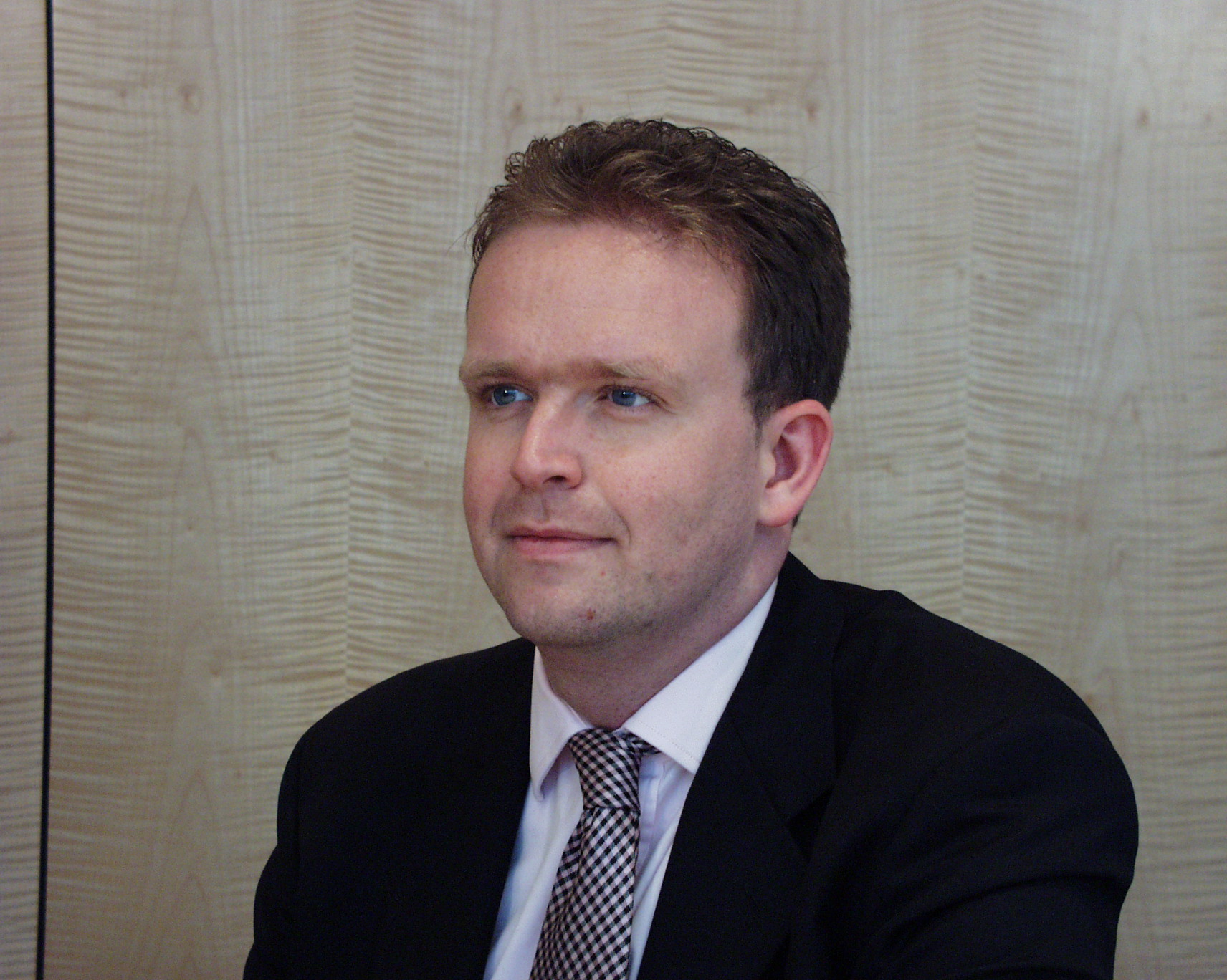It’s the beginning of the second quarter and it seems like quite a good time to look back and review what’s happened in financial markets over the last two or three quarters and to look forward into the spring and summer months.
In terms of the period gone by, perhaps against all odds it’s been a good period for financial markets. There have been good results from equities but other asset classes have performed well and the driving force behind that, in our view, has been once again activity from the world central banks. The second half of 2012 was characterised by a lot of policy in the US, in Europe with the OMT and then, towards the tail end of the year, in Japan with the surprise elections and change of guard at the Bank of Japan.
We’ve seen investors embrace particularly European equities for the first time in a while
And it was those things that really energised particularly equity markets and drove strong performance. The impact has been quite considerable in terms of portfolio positioning. We’ve seen investors embrace particularly European equities for the first time in a while and cash has moved into equities in a more meaningful way than we’ve seen for a long time but also into bonds. We don’t believe that the great rotation that’s been talked about has really gotten underway. There hasn’t been selling of bonds but rather a move into both bonds and equities.
In terms of where all that leaves us, our expectation is that the second quarter may well be a period of consolidation for markets. The policy that I described as characterising 2012 is not going to be as noticeable in the US. It’s likely that the discussion will probably revolve around when and whether the Federal Reserve is going to start to wind down quantitative easing. In Europe the likelihood is that there won’t be much in the way of fresh initiatives from the ECB.
Perhaps in Japan we’ll see a bit more but in the main policy’s going to be less of a dynamic than it has been for markets and that means that, with prices having risen a fair way, some of the wind is going to be taken out of the sales. I think, increasingly the markets’ attention is going to be paid to the growth side of the equation, looking for evidence of decent global growth, of stabilisation in global growth and there we don’t have particularly bright expectations but nor are we especially bearish. The world has muddled through for the last few years on the growth front and we think that’s likely to continue to be the picture.
What does that mean in terms of portfolio positioning? I think the temptation is to back away a bit from the equity market. We suspect that might actually be a mistake; despite the issues I’ve described on policy and growth front we don’t believe there are likely to be renewed fears of recession. We think that in Europe the crisis is going to continue in this chronic rather than acute phase and that’s a backdrop against which investors, we think, will continue to be interested in yield and searching for yield. That leads them almost inevitably to certain parts of the equity market and towards the higher-risk end of bond markets. We think that trend may well continue into the second quarter.
So in aggregate, perhaps a flat quarter or a modest up-market in risk assets and equities in particular but within equity markets the leadership, we think, may continue to come from areas that offer yield, areas that offer some robustness in terms of business models and security of growth and perhaps areas of the world where policy’s going to be a little more accommodative, a little more stimulative than elsewhere.



